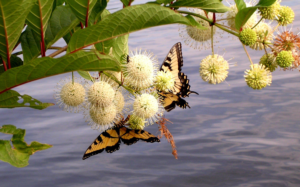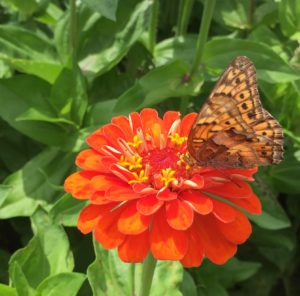Reducing Pesticide Use in the Home Garden
go.ncsu.edu/readext?930476
en Español / em Português
El inglés es el idioma de control de esta página. En la medida en que haya algún conflicto entre la traducción al inglés y la traducción, el inglés prevalece.
Al hacer clic en el enlace de traducción se activa un servicio de traducción gratuito para convertir la página al español. Al igual que con cualquier traducción por Internet, la conversión no es sensible al contexto y puede que no traduzca el texto en su significado original. NC State Extension no garantiza la exactitud del texto traducido. Por favor, tenga en cuenta que algunas aplicaciones y/o servicios pueden no funcionar como se espera cuando se traducen.
Português
Inglês é o idioma de controle desta página. Na medida que haja algum conflito entre o texto original em Inglês e a tradução, o Inglês prevalece.
Ao clicar no link de tradução, um serviço gratuito de tradução será ativado para converter a página para o Português. Como em qualquer tradução pela internet, a conversão não é sensivel ao contexto e pode não ocorrer a tradução para o significado orginal. O serviço de Extensão da Carolina do Norte (NC State Extension) não garante a exatidão do texto traduzido. Por favor, observe que algumas funções ou serviços podem não funcionar como esperado após a tradução.
English
English is the controlling language of this page. To the extent there is any conflict between the English text and the translation, English controls.
Clicking on the translation link activates a free translation service to convert the page to Spanish. As with any Internet translation, the conversion is not context-sensitive and may not translate the text to its original meaning. NC State Extension does not guarantee the accuracy of the translated text. Please note that some applications and/or services may not function as expected when translated.
Collapse ▲Environmentally Friendly Landscaping
Can we all agree that it would be a good thing to reduce the amount of chemicals that we put into our sensitive mountain environment? I think it would be a safe bet that most people when asked would say that they want to live in a clean environment. As with everything, we cannot control most big picture things but we can control what we do at home.
Is It Really A Problem?
Most leaf spot fungi on trees, shrubs and flowers are a nuisance in our gardens but do not harm plants. This means the use of pesticides is not necessary when we have some spots on our leaves. The majority of times plants will recover.
It is true that sometimes insects eat the leaves on our trees, shrubs and flowers. However many times these insects are actually really good insects. For instance Gulf Fritillary butterfly larvae feed on passion flower vines. Monarch butterfly larvae feed on milkweed. Learn more about butterflies and their plant hosts in NC State’s Butterflies Your Backyard publication.
Learn To Tolerate Some Plant Damage
In an effort to avoid adding pesticides to the environment, I have learned to tolerate some insect and fungal damage on my landscape plants. I have also learned to appreciate the beauty of fungi and insects that we once considered pests in order to reduce my contribution to pesticides that are put into our mountain environment.







